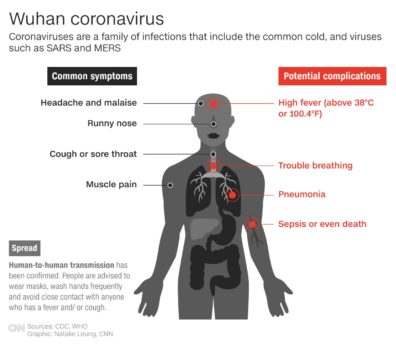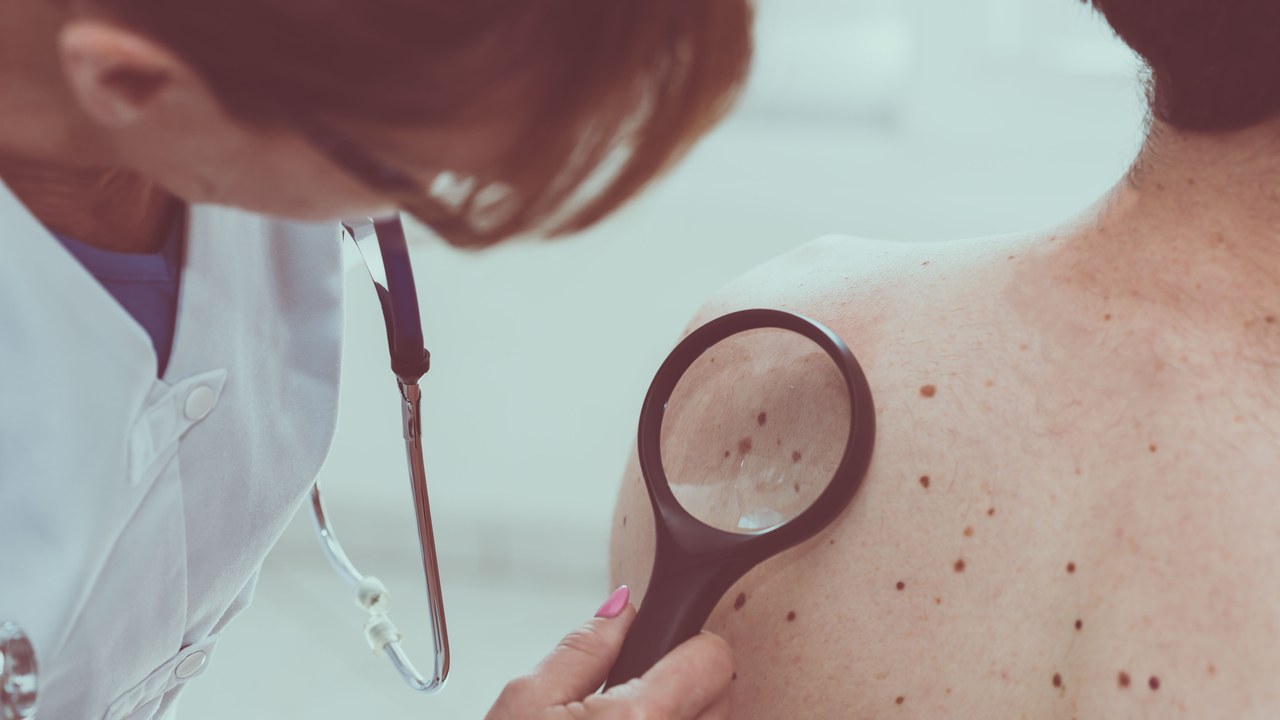According to the US Centers for Disease Control and Prevention (CDC), ‘Coronaviruses are common in many different species of animals, including camels and bats. Rarely, these coronaviruses can evolve and infect humans and then spread between humans. Recent examples of this include SARS-CoV and MERS-CoV. Most coronaviruses infect animals, but not people. In the future, one or more of these other coronaviruses could potentially evolve and spread to humans, as has happened in the past. We still don’t understand why only certain coronaviruses are able to infect people.’
Human Coronavirus Types
Coronaviruses (Corona is Latin for crown) have crown-like spikes on their surface. Corona, in Latin, means ‘crown’ so that is why it is named Coronavirus. There are four main sub-categories of coronaviruses, known as alpha, beta, gamma, and delta.
Human coronaviruses were first identified in the middle of 1960s. The seven coronaviruses that can infect people are:
Common human coronaviruses
- 229E (alpha coronavirus)
- NL63 (alpha coronavirus)
- OC43 (beta coronavirus)
- HKU1 (beta coronavirus)
Other human coronaviruses
- MERS-CoV (the beta coronavirus that causes Middle East Respiratory Syndrome, or MERS)
- SARS-CoV (the beta coronavirus that causes severe acute respiratory syndrome, or SARS)
- 2019 Novel Coronavirus (2019-nCoV)
The coronaviruses that normally infet human include 229E, NL63, OC43, and HKU1. Although coronaviruses are known to be common in animals but sometimes they can evolve and infect people. Infections cause sickness in people and that’s when it becomes a new human coronavirus. Three recent examples of this are 2019-nCoV, SARS-CoV, and MERS-CoV.
SARS-CoV
Severe Acute Respiratory Syndrome coronavirus (SARS-CoV) was also first emerged in China in 2002, alarming the health experts. It spread across the globe in 2002-2003. According to reports, there were more than 8,000 probable cases of illness including 774 deaths.
This deadly outbreak drew attention of health experts and researchers throughout the world but the disease disappeared shortly after 2003. No known cases of SARS-Co-V disease have been reported since 2004 anywhere in the world.
MERS-CoV
Middle East Respiratory Syndrome Coronavirus (MERS-CoV), a viral illness, was first reported in Saudi Arabia in 2012, causing symptoms similar to those of SARS-CoV.
It has since infected many people from dozens of other countries, resulting in periodic infections with a 35% casualty rate. Most cases have been identified in Saudi Arabia from where the virus was originated. A Health officials have observed the outbreaks in other countries and traced it back to infected individuals who traveled to the Middle East areas.
2019 Novel Coronavirus 2019-nCoV
On January 9, 2020, the World Health Organization (WHO) reported that several cases of pneumonia were confirmed and a novel coronavirus was identified by Chinese authorities. Researchers associate this virus with an outbreak of pneumonia in Wuhan City, Hubei Province, China.
It is believed that virus originated last year in December in a food market in Wuhan, city of China. The market was allegedly selling wildlife unlawfully. Experts think that the origin of this virus could be bats which then passed to humans, possibly either from bays or other animal species.

Symptoms
As SARS and MERS both caused mild to severe illness in people, almost similar illness is reported in people infected by 2019-nCov coronavirus. While researchers are still learning more about 2019-nCoV coronavirus’s symptoms, typical symptoms include:
- Fever
- Flu-like symptoms
- Cough
- Shortness of breath
- Sour throat
- Some patients – elderly or with other health conditions – develop a sever form of pneumonia
People with weaker immune system, younger kids and older adults are particularly more at risk than others. CDC believes at this time that symptoms of 2019-nCoV may appear in as few as 2 days or as long as 14 after exposure.
Diagnosis
Laboratories take respiratory specimens and serum (blood) and do the necessary procedure for testing an infected individual. Only the Public health laboratory can detect 2019-nCoV coronavirus. Some coronavirus strains cause flu-like symptoms and common cold, for that patients can be tested by their health care provider. Your healthcare professional will then determine with the help of CDC or your State’s healthcare if you need to be tested for 2019-nCoV.
According to CDC, If you develop a fever and symptoms of respiratory illness, such as cough, congestion or shortness of breath, within 14 days after travel from China, you should call healthcare provider and mention your travel or if you were in close contact with an individual showing these symptoms who has recently traveled from this area. They will also guide you further before your medical visit in order to reduce the risk of you transmuting it to other people around you.
Transmission
For now, we have limited information on 2019-nCoV coronavirus. Researchers and CDC itself are closely observing it. Having said that, it is currently difficult to determine how easily does it spread or how deadly it can be. We all know that the influenza germs transfer from person to person. So like SARS and MERS, It can most commonly spread through:
- The air which carries the germ when an infected person coughs or sneezes.
- Close contact such as shaking hands and touching
- Unknowingly touching anything with the virus on it, then rubbing your mouth, nose, or eyes without washing your hands.
- Fecal contamination (but this is rare)
Close contact is a confusing term that can mean a lot different to different people. The CDC agency said close contact could include “caring for, living with, visiting, or sharing a health care waiting area or room” with a person with the virus.

According to CDC: ‘Close contact is defined as—
a. being within approximately 6 feet (2 meters), or within the room or care area, of a novel coronavirus case for a prolonged period of time while not wearing recommended personal protective equipment or PPE (e.g., gowns, gloves, NIOSH-certified disposable N95 respirator, eye protection); close contact can include caring for, living with, visiting, or sharing a health care waiting area or room with a novel coronavirus case.– or –
b. having direct contact with infectious secretions of a novel coronavirus case (e.g., being coughed on) while not wearing recommended personal protective equipment.
Prevention
The following precautions may help to prevent 2019-nCoV from spreading among people and community.
- Wash your hands more often and thoroughly with a soap for at least 20 seconds.
- Use a hand sanitizer.
- Avoid close contact with people who are sick.
- Avoid touching your nose, mouth and eyes with your hands without first washing them.
- Wear a face mask.
- Cover your mouth and nose with a tissue or napkin if you sneeze or cough.
- Keep your surroundings clean and disinfect surfaces and objects that are in use more frequently.
Treatment
There is no particular antiviral vaccines or treatment is yet available for 2019-nCoV coronavirus. Doctors and Healthcare professionals can definitely treat the symptoms but unfortunately they can not treat the virus. To help relieve the symptoms:
- Take pain medication
- Stay at home and take rest
- Consume plenty of liquids
- Contact healthcare professionals for support.
For more such articles, visit our official website Fajar Magazine.





















